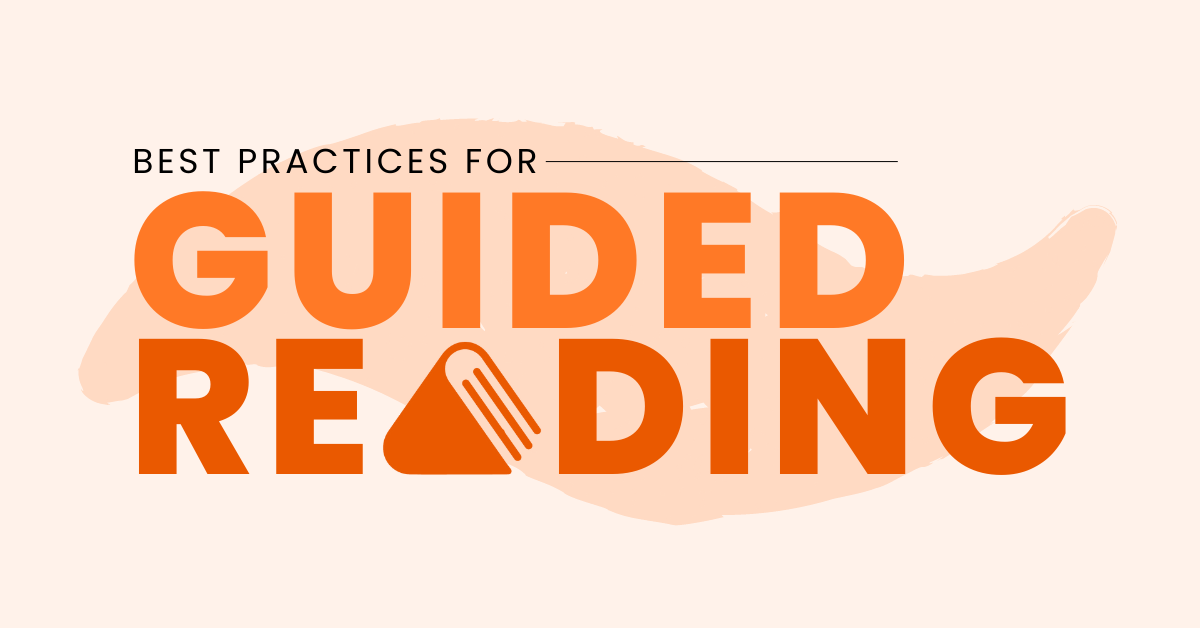|
Encourage meaningful reading habits as you ask students to engage in a dialogue with their text.
Over the past few years, I have heard more and more middle and high school teachers agree about how difficult it is to “get kids to read." I have observed myself that few students seem to be reading full length books independently, and by choice. Of course, there are so many reasons for these observations.
Let’s zoom out a bit to think about the state of reading for most of our students: in the past, reading was not only a major form of entertainment, but a crucial source of information. Time for reading was not in competition with an expansive, alluring digital world offering games, web surfing, Tik Tok, Instagram, endless TV and YouTube channels, etc. Even as adults, we know how easily accessible and comforting these modalities are. Technology offers us so many easy, even addictive options. Technology has also made it easier for students to “read” or pretend they have read an assigned text by scanning summaries of chapters, Googling quotations from the text, watching video versions, etc. Information that we may have needed to access by reading a book is now available at the click of a finger or by saying a few words to AI. We have all been there — we even have a term for this, tl;dr, or too long, didn’t read. Research confirms my own observations that few young people are reading on their own or consider “reading for pleasure." The Pew Research Center asserts that, “few late teenagers are reading many books” and a recent summary of studies cited by Common Sense Media indicates that American teenagers are less likely to read ‘for fun’ at seventeen than at thirteen.” The pandemic also seems to have derailed some students’ academic reading habits, which have proven to be like muscles that need to be exercised more regularly than we previously knew. All of this means that if we want our students to read, to become strong, confident readers, and maybe even enjoy reading, it is crucial for educators to make reading meaningful and relevant for our students, and not simply “cheat proof."
Encouraging students to read
Offering students choices of relevant books to read and discuss together in book groups or pairs is a fantastic way to encourage them to engage in reading. However, most educators agree that reading a book together — as a shared “anchor text” for the whole class — can also be important and lead to powerful discussions and collective learning. Mike Epperson — a teacher with whom I work closely in the South Bronx — took the opportunity to bring a shared anchor text to his 10th grade classroom, introducing his students to Elie Wiesel’s Night. While Night is a riveting, significant story and a relevant choice for 10th graders, who are concurrently learning about World War II and the Holocaust in history class, that doesn’t guarantee that students will engage in the reading. Mike was concerned about ensuring that his students were both engaged deeply and personally in the important subject matter and took it seriously. He decided early on that he wanted students to read the entire book. Mike strategically layered his teaching unit with Night at its core, along with supports and entry points to encourage high engagement, including: background building about the Holocaust, Anti-Semitism, and Judaism, and a careful sequence of lessons that focused on a key topic in a section of the book. Additionally, to encourage reluctant or less confident readers to read daily and remain engaged in reading the whole book, Mike emphasized and taught annotation. Since the school had copies of the book left over from ordering during the pandemic, Mike was able to give each student their own book to write in and keep. These two simple pieces — students having a book of their own and an opportunity to talk back to the text through annotation — created an environment ripe for close reading and high engagement.
Encouraging students to annotate
Getting students to annotate in their actual books wasn’t as simple as Mike had expected — he recalls that “when we first started annotating, some students expressed resistance because they didn’t want to make the nice-looking book look ugly. One student compared it to writing on a beautiful painting with crayon.” However, as time went on, students were “able to find a way to annotate that helped them preserve the beauty of the original text. I believe that as students took on a self-appointed role as the book’s preservationists, they ended up developing a deeper respect for the content of the book as well.” As the students connected more personally with the book and the character of Elie, Mike began to see that the act of authentic annotation was offering students an unanticipated opportunity for creative expression. He shared that “a lot of students like drawing, and there’s a similar appeal in annotation. While annotating is not drawing, a fully annotated page is visually pleasing. Some students’ annotations are neat, symmetrical, and visually appealing in a way that suggests that students take pride in how their annotations look. I think this fosters a sense of pride in the content of their annotations, too.” Mike’s observations of his students’ annotations confirm the belief that writing as you read makes your thinking visible, and can create an engaging conversation as we talk back to the text. He puts it simply: “Annotation gives the students a more active role in reading. They get to have a voice, even if no one else will see their annotations.” The students are no longer alone with a book. They are in dialogue.
Suggestions for successful annotation
When I visit Mike’s classroom, students eagerly show me their annotations and explain the significance of both specific lines on a page and their connections to larger themes. A number of students also tell me how much annotation is helping them “remember’ and “understand” past parts of the story. They are clearly proud of their text marking and meaning-making. Based on my observations of Mike’s classes, I’d like to offer some simple tips for making annotation a successful approach with your own students:
Hopefully, you will feel inspired to introduce or continue using annotation in your classroom! As you encourage students to read with their pen and engage in a dialogue with a text, feel free to adjust any of the strategies above to match the readers and annotators in your classroom.
|
|
The Center for Professional Education of Teachers (CPET) at Teachers College, Columbia University is committed to making excellent and equitable education accessible worldwide. CPET unites theory and practice to promote transformational change. We design innovative projects, cultivate sustainable partnerships, and conduct research through direct and online services to youth and educators. Grounded in adult learning theories, our six core principles structure our customized approach and expand the capacities of educators around the world.
|
ABOUT US
525 West 120th Street, Box 182 New York, NY 10027 416 Zankel Ph: (212) 678-3161 [email protected] Our Team Career Opportunities |
RESOURCES
Professional Articles Ready-to-Use Resources Teaching Today Podcast Upcoming PD Opportunities |
COACHING SERVICES
Custom Coaching Global Learning Alliance Literacy Unbound New Teacher Network Student Press Initiative |


























